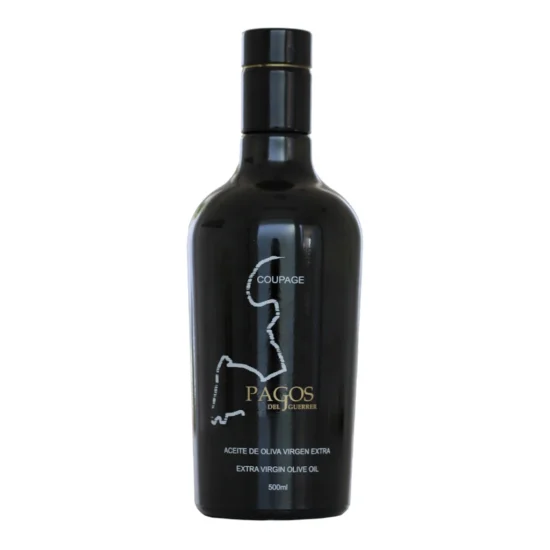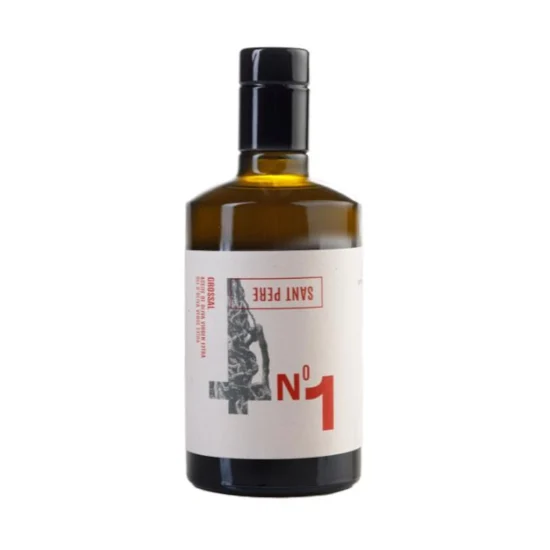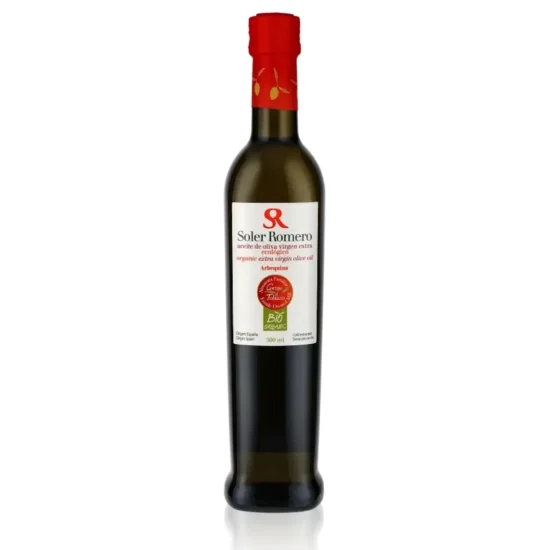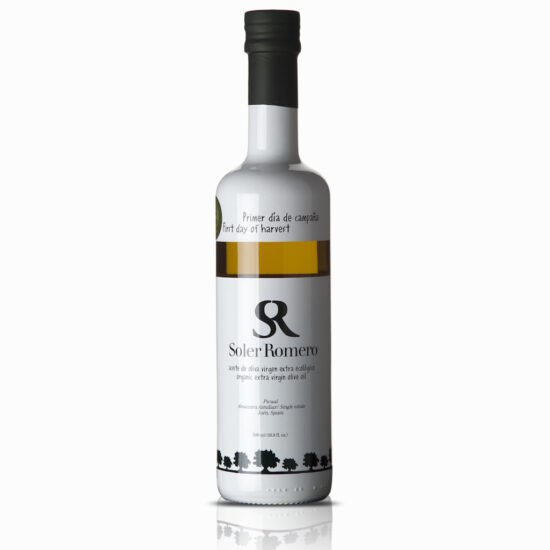Frying, whether in a pan or in oil, has been one of the primary methods of food preparation for thousands of years. The earliest records of fried foods date back to Mesopotamian times. Today, almost all foods are available fried, from potatoes and other vegetables to meats and delicious desserts and sweets.
Frying in olive oil is attractive because of its low smoke point. For this reason, frying foods in olive oil is often considered a cooking faux pas, and high smoke point oils, such as rapeseed, peanut, and avocado, are recommended instead.
However, the stigma of using olive oil for frying is just that: a stigma. The most important factor in a good frying oil is actually stability and acidity.
What does it mean for oil to be stable during cooking, and how does this affect acidity? According to About Olive Oil, labeling an oil as boil-stable is another way of saying it has oxidative stability. When oils are exposed to high temperatures, such as those needed for frying, the oil can begin to oxidize and form harmful toxins.
This has very little to do with the oil’s smoke point, but rather with its induction time—the time it takes for the oil to break down and oxidize. Chemically refined oils, such as vegetable oil, have a high smoke point but are much less stable.
On the other hand, extra virgin olive oil uses a natural refining process that makes it much more stable. Oils rich in antioxidants are also much more stable because they block oxidation processes. As Healthline explains, olive oil is admired for being rich in antioxidants, which is not only good for your health but also makes it ideal for cooking and frying. Stability is an important factor when cooking with oil, but it’s not the only one that matters.
While olive oil’s culinary stability makes it a good oil for general cooking and frying, there’s still a reason chefs have long warned against its use. Using an unsuitable olive oil for frying can cause food to take on a very unpleasant bitter taste. The trick to avoiding this is to use a low-acid olive oil.
It is highly recommended to use an extra virgin olive oil with an acidity no higher than 0.4%. According to OliveNation, the amount of acid in olive oil directly correlates with the amount of damage or refining the olive has undergone; again, less refining and processing results in a more stable cooking and frying oil.
The olive itself releases acids when it’s crushed and turned into oil. Therefore, expect some acidity in the final product, but the less acid the oil contains, the higher the quality and, overall, the better for you. Look for this information on the bottle label, probably near the expiration date information.
Frying is a fantastic culinary technique, but its success depends greatly on the oil we use. While some people reject it, a well-done fry is delicious. Here, olive oil is key. The lifespan of olive oil after frying is not fixed; it depends on several factors, such as the variety of olive, the temperature reached, and how we care for it.
Anunciación Carpio, an expert in fats and oils, recommends olive oil varieties such as Picual, Cornicabra, or Manzanilla Cacereña. Why? They are more stable. They have more phenolic compounds and a higher percentage of monounsaturated fatty acids. This means they oxidize less and, therefore, the olive oil lasts longer after frying. Unlike saturated fats (of animal origin, palm, or coconut) or polyunsaturated fats (sunflower, soy), which degrade more quickly, monounsaturated olive oil withstands heat better.
Toni Piña, a chef and culinary scholar, confirms: The Picual variety is the most resistant. It can be used between eight and twelve times for frying. The more delicate Arbequina can withstand a maximum of eight uses.
To maximize the shelf life of olive oil after frying, it’s vital to heat it gradually. Start at 40°C, then increase to 80°C, then 120°C, and finally to 180°C. Patience is key; heating should be slow and even. If the pan isIf the oil starts to smoke, it’s too hot and deteriorating. A trick to know if it’s ready is to put a piece of bread, potato, or lemon peel in it; if it bubbles, it’s ready.
The shelf life of olive oil after frying also varies depending on what you fry. Frying potatoes, which release water and not fat, allows you to use the oil up to twelve times. However, when frying fish or breaded steak, the oil can start to smell bad after five or six uses. This is because these foods release more compounds that degrade it quickly. That “fried” smell is a sign of deteriorating oil. To avoid this, never wait for the oil to smoke. Many chefs use deep fryers to better control the temperature.
Finally, experts agree: extra virgin olive oil is the best option for frying. Not only is it the healthiest, but the longer shelf life of the olive oil after frying makes it more economical in the long run, as more is used and less is absorbed by food. Even olive pomace oil is better than sunflower or soybean oil due to its oleic acid content. Frying is wonderful if done right.
Important Note: aceitedelcampo.com promotes the consumption of extra virgin olive oil for its culinary qualities and health benefits. However, no medication or current treatment should be replaced without the guidance of a healthcare professional.




ALZAYT EXPORT SL
info@aceitedelcampo.com
C/ Eduardo Bosca 19, 2-5
46023 Valencia
Subscribe and receive a coupon by email for your next purchase.